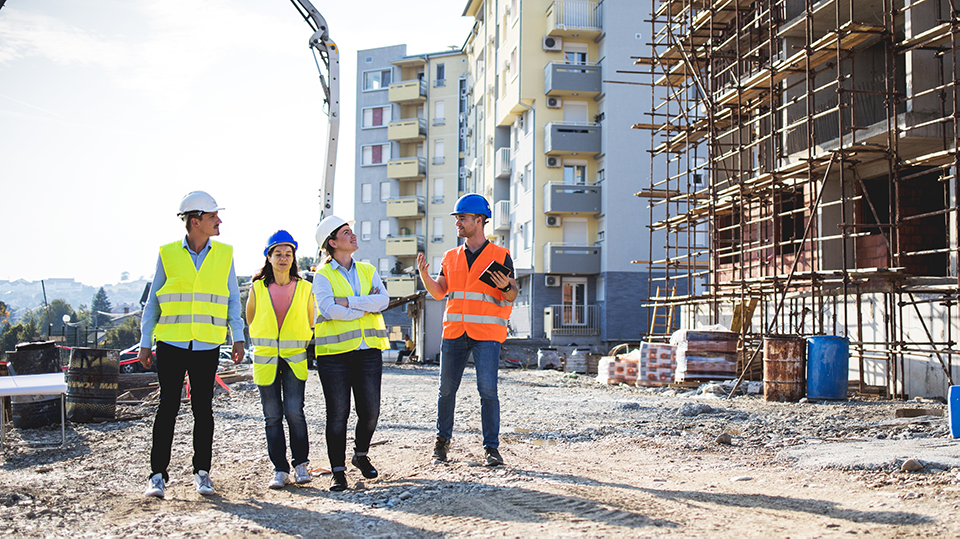FM handover is a critical part of any construction project. It is also extremely tedious and can often lead to errors when done incorrectly. Implementing a strategic process can make all the difference. The key to delivering complete and accurate FM data is knowing what data is required by the owner, then implementing an intentional process to assemble and validate the data throughout the life cycle of a given project.
What Strategies Can Be Utilized for Capturing and Organizing Building Data?
Tags: COBie, Turnover, FM Handover
Construction Operations Building Information Exchange (COBie) is an international standard for building data exchange. It’s most commonly used for product data handover at the end of a construction project, from the building team to the operations team.
Tags: COBie, Turnover, FM Handover
FM Data Reconciliation With & Without FM Data Standards
FM Data reconciliation is a common task for many contractors and others in the construction industry or at least it should be. When you are reconciling FM data your objective is to ensure the information assembled is complete and accurate reflecting approved submittals, as-built conditions in the field as well as the BIM models while also conforming to the owners expectations. Mistakes happen all the time, making data reconciliation a must-know, but what if there was a way to streamline identifying and fixing those errors? FM Data standards define the owner’s requirements for FM data and establish a process for assembling and verifying the data for the purpose of streamlining and reducing errors in handover while providing tools to ensure completeness.
Tags: Data Standardization, BIM
Why Do FM Data Standards Take a Back Seat to BIM Standards?
In 2019, the International Organization for Standardization (ISO) introduced BIM standards. These standards provide the necessary framework to help designers and contractors from different countries collaborate efficiently on all phases of construction projects. The introduction of these standards also encourages BIM’s wider use.
Tags: Data Standardization, BIM
Turnover, or handover, is the process of handing over all building data. Typically, this happens at or after occupancy. However, much of the data to be collected is available before anything is even installed.
Turnover’s purpose is twofold. First, it is an inventory of assets installed in the building during construction and their related data.
Second, it is a transfer of knowledge to the facilities management teams and others so that they can operate the building effectively. When assets are documented with all the information they’ll need for maintenance, they can spend less time digging to find asset data and more time actually fixing assets.
How Do You Decide What Data to Capture for Building Turnover?
Turnover—also called handover—is typically considered an event that happens at the end of a construction project, often referred to as closeout. However, most data to be collected for handover is available for collection long before the end of a project, often before anything is installed in the building.
Turnover’s purpose is twofold. First, it is an inventory of assets installed in the building during construction and their related data.
Second, it is a transfer of knowledge to the facilities management teams and others so that they can operate the building effectively. When assets are documented with all the information they’ll need for maintenance, they can spend less time digging to find asset data and more time actually fixing assets.







